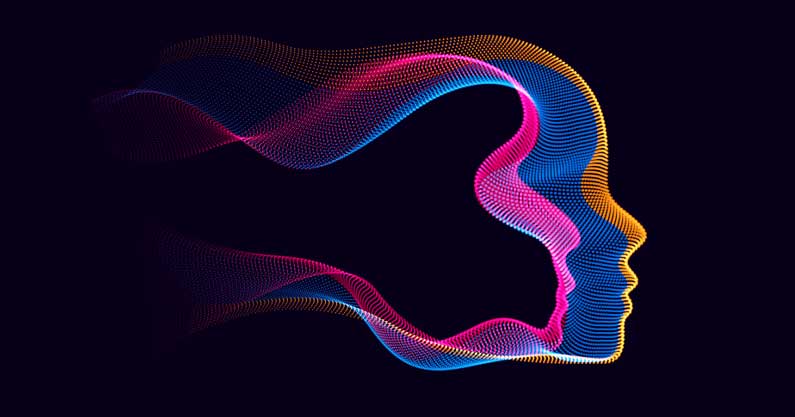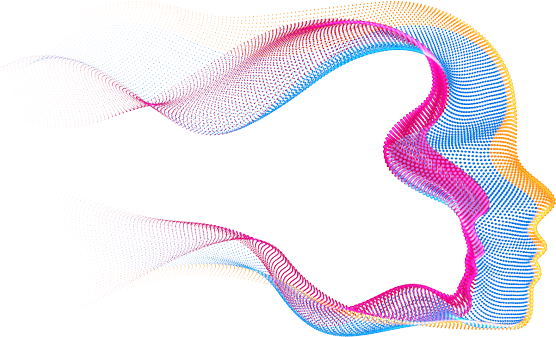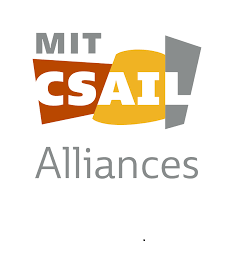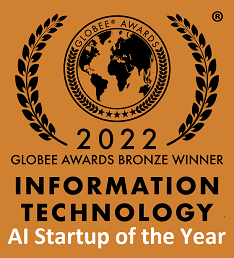The Future AI Society: Advancing Beyond Machine Learning to Artificial Common Sense
Website Beta
Are you interested in:
- How soon will AI systems exhibit common sense?
- Will they be more dangerous than today’s AI?
- How does the human mind exhibit common sense?
- How do we define common sense, anyway?
- What new techniques are needed to implement Artificial Common Sense?
- Will our future machines be conscious entities?
For answers to these questions, you’ll want to participate in the Future AI Society.
Dedicated to Creating and Collaborating on Artificial Common Sense
Today’s AI has great capabilities but most of its weaknesses stem from its lack of Common Sense—the knowledge and understanding used by people every day.
Machine Learning (which dominates today’s AI) looks like it works but it has no comprehension of:
- the symbols it manipulates relate to real-world objects
- real-world objects persist and interact in three dimensions
- the passage of time
- cause and effect
—fundamental understanding possessed by any three-year-old. If only today’s AI had common sense, AI would be much more capable and safer.
Common Sense
Consider the common sense a child —absent in today’s AI. She can:
- Set a goal and be happy when she achieves it.
- Build an internal mental model of her surroundings—she knows where blocks are without looking.
- Understand simple physics: gravity, center of mass, balance, causality, three-dimensionality passage of time, etc..
With Common Sense, our AI’s will be safer and more useful.
Learn, Collaborate, Volunteer
Share your expertise, Learn from others
Participate and learn from our ever-growing library of software and resources as they become available:
- Website
- Videos
- Open-source software
- Additional software tools
- Academic papers
- Expert Interviews
- Online courses
- Books
- Webinars
- Community calls
- Online community
- In-person conferences and gatherings
- Online experiments
What we know about Common Sense directs our ideas
Each of these ideas has substantial support as explained in numerous resources:
- Adding Common Sense abilities to artificial intelligence will dramatically improve human-machine interaction and will open the door to countless new applications beneficial to humanity as a whole.
- Common sense will not be achieved using leading AI techniques and new directions are needed.
- Adult-level Common Sense abilities will not be achieved without the Common Sense abilities of a young child: Object persistence, 3D comprehension, cause-and-effect, and the passage of time.
- Common Sense abilities should be based on plausible human mechanisms—the best model we have.
- Common Sense abilities will not be achieved without interaction with the “real world” and thus require robotic initial implementation.
- Common Sense abilities require much less computational power than generally thought.
- While certain risks are inherent in any new technology and more study is important, AI with common sense is not inherently more dangerous and averse to human goals.
Volunteers are needed!
- Developers: explore and develop new techniques
- Website design and implementation
- Video Creators: explain complex ideas in short formats
- Social Media administrators and participants
- Researchers: Computer science, psychology, neuroscience, philosophy, etc.
- Writers: make ideas shine
- People who want to be a part of the Future of AI, most exciting project on the planet!
A fundamental change is needed
Many experts agree that a self-adaptive hypergraph software structure is needed to create the true basis of understanding including:
- One-shot learning
- Improved efficiency in CPU and memory usage
- “Comprehending” the relationships between disparate items of information
- The ability to cope with unexpected, unanticipated situations
Brain Simulator II — Neural Simulator
Brain Simulator III — Adaptive Graph System




